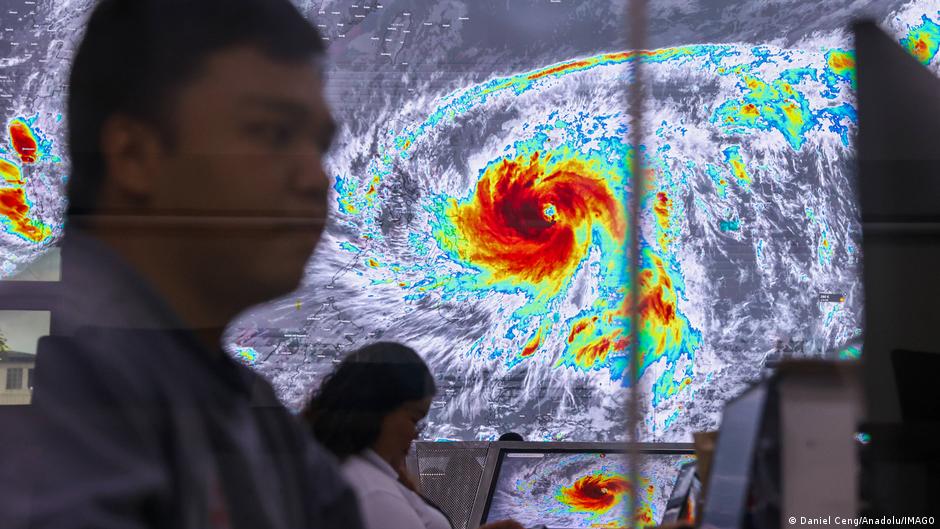
Taiwan is bracing for the arrival of Typhoon No. 19, locally known as Uwan, which passed through the northern Philippines, bringing strong winds and torrential rain and causing the evacuation of nearly 1 million people.
According to Taiwan’s Central Weather Administration (CWA), the storm was located about 556 kilometers southwest of Eluanbi Cape on the southern tip of the island at 8 a.m. local time (midnight GMT) on Monday, with maximum sustained wind speeds of 126 kilometers per hour (km/h) in the center and maximum gusts of 162 kilometers per hour.
The typhoon is expected to move northwest toward the Taiwan Strait at 15 km/h, then turn northeast and weaken as it approaches Taiwan.
The Japan Meteorological Agency may issue a typhoon warning over the sea this afternoon, warning that the interaction of Fung Wong’s outer band and monsoon winds could cause heavy rain in northern, eastern and far southern Taiwan from Monday night to Tuesday.
Heavy rain is also expected in the central and southern parts of the island on Wednesday, and Fung Wong is expected to weaken once it makes landfall in Taiwan, before gradually moving away on Thursday, CWA said.
Closing schools and offices
For the time being, the eastern Hualien county government announced on Monday this week that it would close schools and offices in Guangfu and evacuate residents from some areas of the town due to the risk of flooding and landslides, according to CNA officials.
In late September, rains as Super Typhoon Lagasa passed through Taiwan caused a dammed lake in Guangfu City to overflow, leaving 19 people dead, five missing, 157 injured, and more than 1,600 homes damaged by landslides in the city.
In a statement reported by CNA, Taiwan’s new Minister of Economic Affairs Kong Ming said this Monday that around 4,000 employees of state-run company Taipower were already on alert for possible power outages.
The official added that high-capacity bombs were also deployed in Hualien County and embankments were strengthened with additional protective structures.
Typhoons are a recurring phenomenon from summer to autumn in southeastern China and Taiwan, where warm waters from the Pacific Ocean form cyclones that can cause significant damage and disruption to transportation and economic activity.
mg (efe, South China Morning Post)



